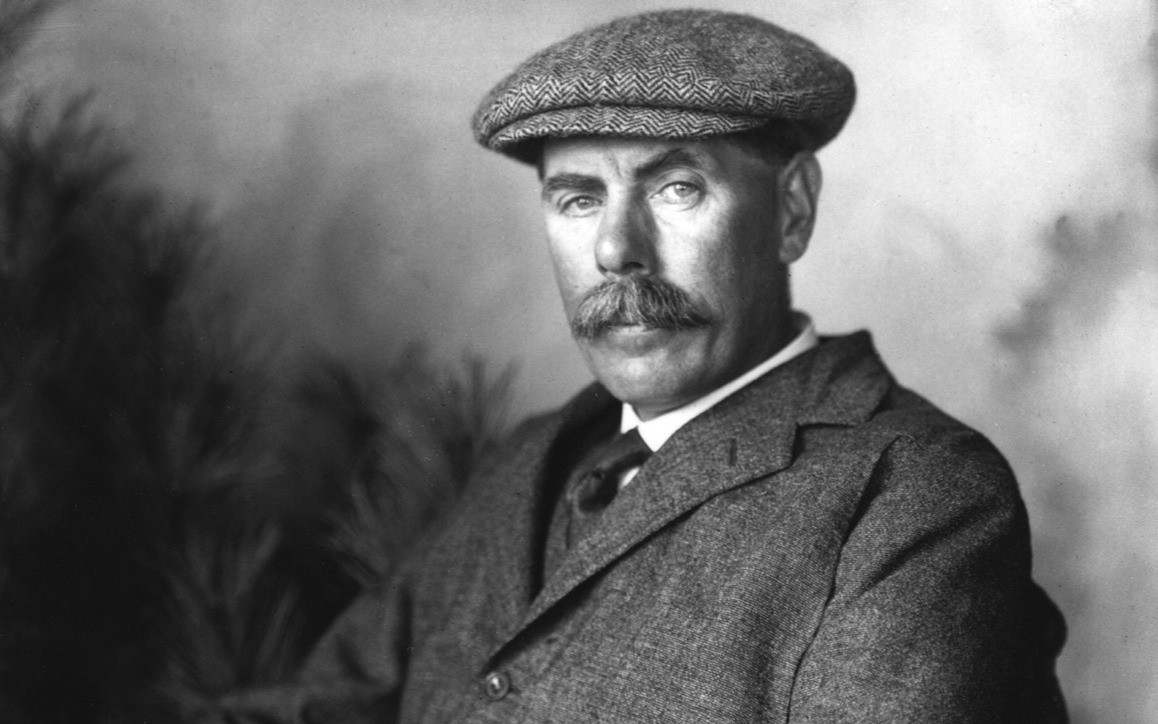
Boyce Hill Golf Club - The Start
The early days of Boyce Hill Golf Club in South Benfleet are closely tied with Leigh Park Golf Club, a club certainly in existence during the 1914-1918 war and also for a few years following. The clubhouse of Leigh Park in 1921 was situated at Belfairs Farm, a building still in existence to the west of Eastwood Road , Leigh-on-Sea, and near to the present 4th Tee at Belfairs Park Golf Course. Due to the re-numbering of the holes at Belfairs in more recent years, it has become the 11th Tee to the many golfers who started their golfing careers on these fairways.
Now Southend's municipal golf course, with the farmhouse known as the "Greenkeeper's Cottage", the course at Leigh Park, which one must assume was of only nine holes, was built on the land bounded to the north by the roadway to Belfairs Farm, to the east by Eastwood Road, to the west by Belfairs Woods and Leigh Park Farm and to the south by the Leigh brickfields, now Belfairs School, and by Bailey Road and the London Road.
The golf professional at Leigh Park at this time was one Ernest Barker, who had replaced Ernest Gray, an original member of the Professional Golfers Association when it was founded in 1902 and Leigh Park professional 1915 - 1917 eventually to become the professional from 1923 at Bowers Gifford Golf Club, situated between Benfleet and Pitsea. Certain of the members of Leigh Park were dissatisfied with both the golfing conditions available and also the news that the estate within which lay their golf club was soon to be compulsorily purchased by the Southend Council, so eyes were cast around to find suitable land that could be converted into a quality golf course.
A letter dated 23rd October 1921 headed Leigh Park Golf Club, Belfairs Farm, Leigh-on-Sea, Essex, to a Mr. Cooper suggests plans for some members of the Leigh Park committee, including a Mr. Littler, to walk over the fields of Boyce Hill Farm, South Benfleet, to assess its suitability as a golf course. Legal Indentures and Deeds exist back to 1802 regarding the farm, known originally as "Boyce's", including an Indenture dated December 31st. 1868, which mentions that the Incumbent of the Vicarage has the right to use the well on Boyce Hill Farm at a charge of ten shillings per annum, a first mention of the name "Boyce Hill ". In the next few months a group of members from Leigh Park Golf Club formed a company "Boyce Hill Golf and Country Club Limited" with the avowed interest of renting the land at Boyce Hill Farm for conversion to a golf course.
The first meeting of Boyce Hill Golf & Country Club Limited took place on 3rd August,1922 at Gordon Hall, Pall Mall , Leigh on Sea, a hall adjoining the present day United Reformed Church at the corner of Leigh Hall Road and Pall Mall . At this meeting, chaired by Montague Jackson, with three other directors present, Messrs. Littler, Edwards and Dafforn, it was agreed that Leigh Park Golf Club was not to be purchased and that Boyce Hill Farm at South Benfleet, comprising 119 acres, was to be leased to the Company for a term of 99 years, at a premium of £1,250 and a rental of £200 per annum with certain options to purchase within a prescribed period.
Things appear to have moved quickly in August 1922 regarding Boyce Hill Farm, as an agreement for a lease dated 27th August, 1922, between Messrs. M. L. Jackson and H. W. Littler as Trustees for the Company and the Landlord, was superseded by a conveyance, dated 31st August, 1922 . of the Freehold Farm and Lands known as Boyce Hill Farm. South Benfleet to Mr. M. L. Jackson. Boyce Hill Farm was leased by Boyce Hill Golf & Country Club Limited from Montague Jackson at a rental of £200 per annum, together with the option to purchase within 21 years, from the commencement of the term, at a price of £2,900.
The land was thus acquired, comprising 120 acres of hills and dales, with grand views over the rolling hills of Thundersley to the north and west. Thundersley Glen to the east, and the River Thames, together with the quiet villages of Benfleet and the adjoining Canvey Island to the south. In the early twenties, motor cars were at a premium so the reasonably accessible station at Benfleet on the London , Tilbury and Southend Railway was an asset to those traveling from the east and west. Quoted in an early Boyce Hill Golf Club handbook as a "leisurely amble through the country churchyard and by a winding path up Vicarage Hill" one can feel sorry for the arriving golfer, with his golf bag on his back and his other hand luggage, walking rather breathlessly to the first tee after his "leisurely amble" up from the station.
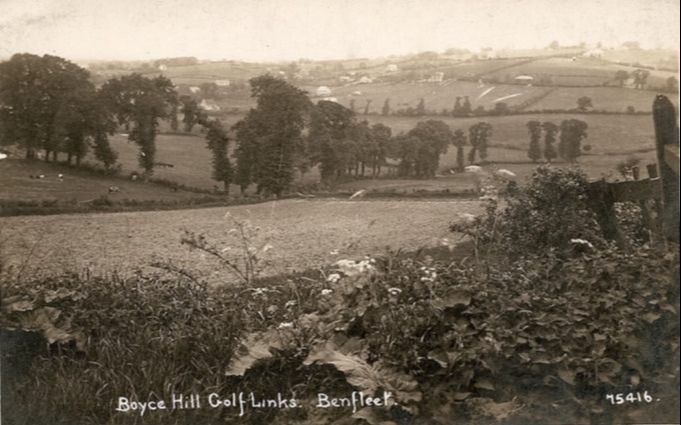
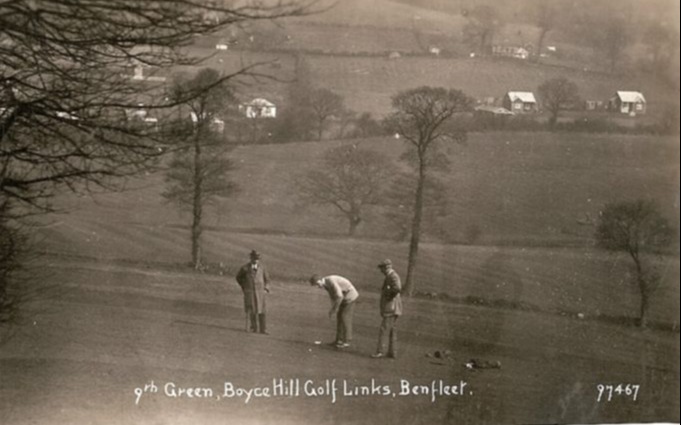
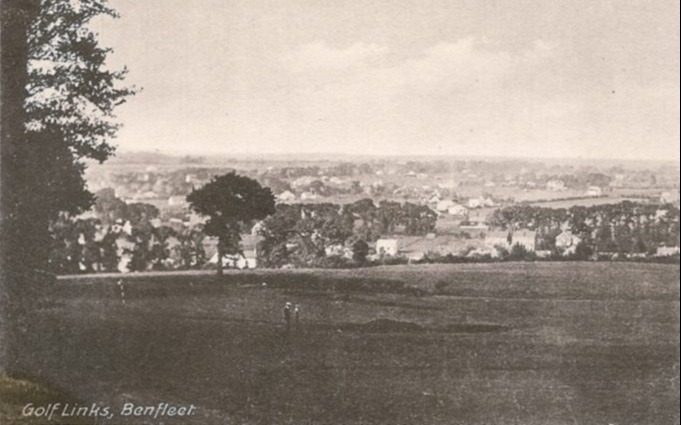
Following redesign of the Course by James Braid the magazine "Golf Illustrated", dated January 9th, 1925 , carried a small article in its "Tee Shots" news page, as follows: "James Braid at Boyce Hill. There is one man who knows exactly what quality of golf will be provided at Boyce Hill in the near future, when the contemplated new layout becomes an accomplished fact, says Mr. Clyde Foster in the Southend Standard. That man is James Braid, five times Open Champion, who visited Boyce Hill recently to give the committee the benefit of his ripe experience in an advisory capacity.
Though John Henry Taylor and Frederick Hawtree are in partnership in golf architecture, it was quite a good idea to have Braid down as well." James Braid, born in Scotland in 1870, came to London initially to work in the golf department of the Army & Navy Stores in Victoria Street , then obtained the job as professional to Romford Golf Club. The bulk of his working life was spent at 'Walton Heath Golf Club, where in his seventies he successfully played "under his age" yearly on his birthday! Having won the Open Championship five times between 1901 and 1910 he also became one of the leading golf course architects of his day, having worked on over three hundred courses, including designing near to one hundred, eighteen hole layouts, fifteen nine holers, converting near to fifty existing courses and working on one hundred and forty five other courses, such as rebunkering and adding holes. In this part of the world James Braid designed the course at Orsett, worked on Rochford Hundred and laid out Thorpeness. a course that many of our members have spent happy days playing over in past years.
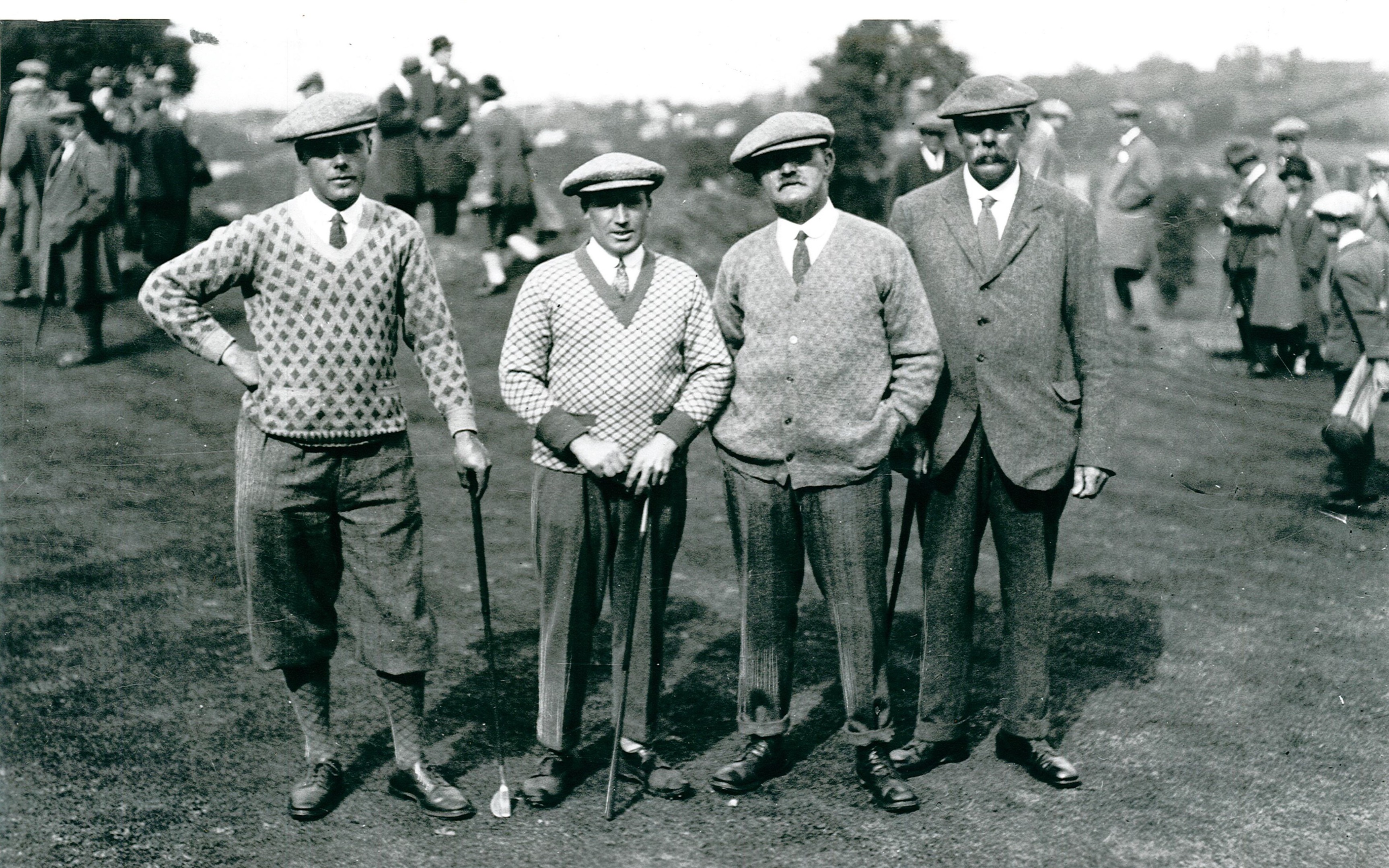
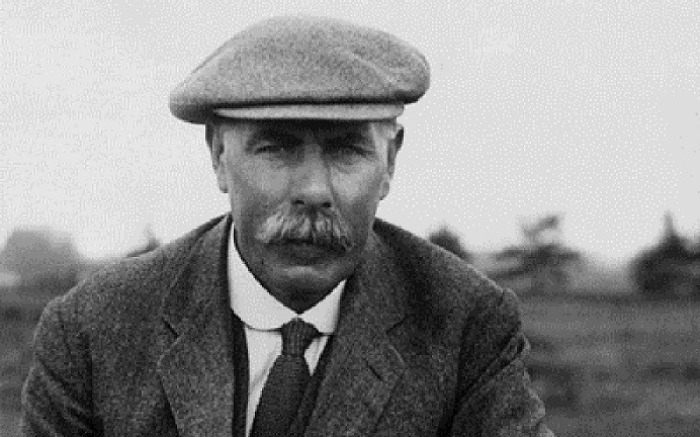
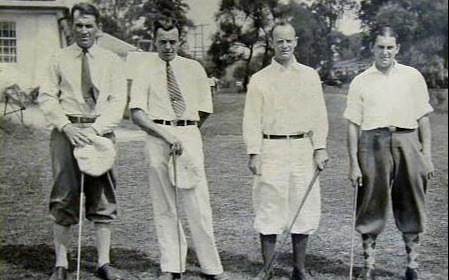
James Braid
The Committee at Boyce Hill having selected James Braid to redesign their course together with the golf course construction firm of Hawtree & Taylor Ltd., commissioned work to begin in early 1925. Again we have a quote from "Golf Illustrated", of May 1st, 1925 : "The directors of the Boyce Hill Golf and Country Club announce that the reconstruction of the course by Messrs. Hawtree & Taylor is now nearing completion, and the new course will be in play during the present summer. Experts have expressed the opinion that it is of exceptional merit and will provide first class golf."
The culmination of all the work and expense, at that time about £4,500, today's equivalent say £500,000, led to the official opening in September, 1925. "Golf Illustrated" magazine, dated October 2nd, 1925 , reports: "Braid and Taylor at Benfleet . James Braid (Walton Heath), J. H. Taylor (Mid-Surrey), Percy Alliss (Wanstead) and E. A. Barker, the local professional. took part in two exhibition rounds on the Boyce Hill course, at Benfleet , near Southend, on September 25th. In the early part of the day Alliss won the medal round with a score of 75, Braid taking 78, Taylor 80 and Barker 81. Later Alliss and Barker defeated the veterans by 3 and 2 in a four-ball match.


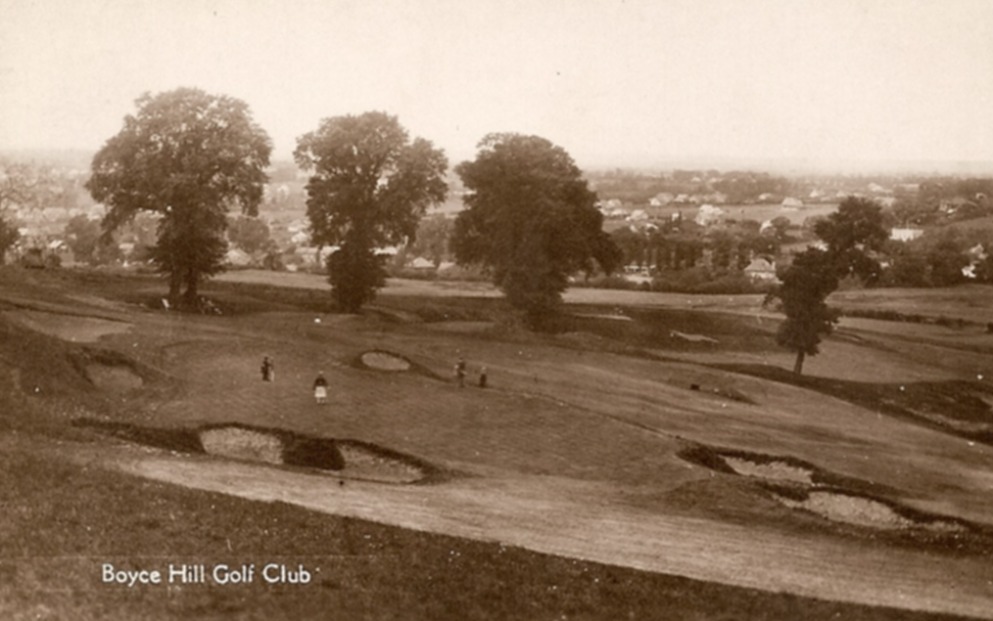
The reconstructed course layout was almost as it remained for the next seventy five years, apart from the eighth green which had two tiers and the ninth green which was sited above the present green, positioned on the area now used as the Tenth gentlemen's tee. Various bunkers have been added over the years and some dispensed with or changed from sand hazards to natural grass bunkers.
In the balance sheet for 1925/1926 amongst the assets are "Horses, plant and tools", by the following year we find. "Tractor, horses, plant and tools" and only one year later just "Tractor, plant and tools". Boyce Hill was really moving ahead dispensing with true "Horsepower" for the newer fangled motorised variety. It could have been about this time that the Club acquired a small bus to collect and deliver back golfers from Leigh on Sea. The story went that a member of the ground staff drove the vehicle due to his prowess at handling the newly purchased tractor. Those were the days before driving licences were required to drive motor vehicles, you just got in and drove!



The Clubhouse 1922 - 1939 within the land known as Boyce Hill Farm acquired by the Club in 1922 was a farmhouse, and a number of outbuildings, that was basically to become the clubhouse for the next seventeen years. A rather damaged photograph, dated 1922, shows the clubhouse in its earliest days before any improvements had been made. The original farm buildings included outhouses and barns, one of which was converted as a shop and workshop for the use of the Professional, Ernest "Ernie" Barker who had followed the Leigh golfers to the newly formed Boyce Hill Golf Club.
Rather grandiose drawings and plans had been prepared for a lavish clubhouse containing dormy house facilities as can be seen by the illustration reproduced from the 1922 "Boyce Hill Golf and Country Club Official Handbook". Unfortunately none of the schemes to erect a club house/dormy house, tennis courts and a bowling green came to fruition as can be seen by the 1927 photograph of the Club House showing the original farmhouse with additions built onto its front elevation. This building work seems to have been carried out over a few years as no specific figure is shown in the Company accounts during this five-year period, only moderate items of expense year by year.
At the Annual General Meeting of the Company held at the Clubhouse, South Benfleet on Saturday, 12th December 1936 the matter of a new club house was brought up, with Ernest Hick, who had taken over from A. J. Arnold as Captain and Chairman in the previous year, in the chair. The shareholders present were told by the Chairman that "he looked forward with practical certainty to the erection of the new club house. The terms on which the necessary funds were to be raised were a matter of negotiation and would be submitted for approval in due course".
The 1937 Company A.G.M. produced a statement from J. W. Gilbert, 1936/7 Captain of the Club, and Chairman of the meeting, referring to the prospective new club house, that every possible scheme had been tried, but that the necessary sum of money, approximately £3,000, had not been forthcoming. However, the Board had decided that a possible solution was in an extension of the present bar and lounge, together with improvements in sanitation, and that members could look forward to seeing such improvements put in hand in the near future.


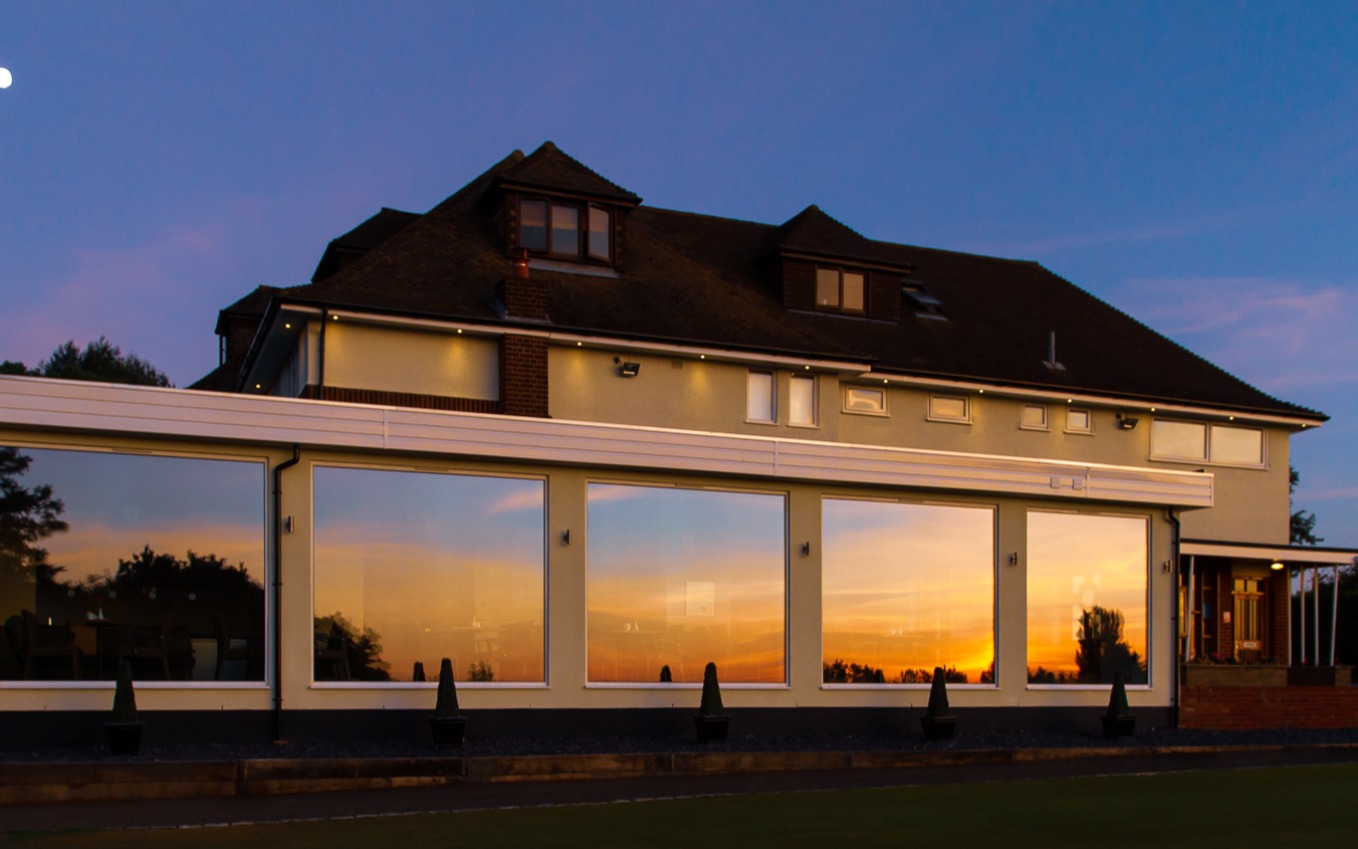
The Directors' Report for the following year, 1937 - 1938, contains a mention that there had been a considerable increase in Green Fees which had been, to a large extent, due to the great improvement of the course and greens, but also mention was made of the extensions erected to the Club House, at a cost of about £1,250, which had greatly improved the amenities of the Club. This building work seems to have been carried out over a few years as no specific figure is shown in the Company accounts during this five-year period, only moderate items of expense year by year.
During the War Years an Extraordinary General Meeting was held on December 9th, 1939 . when it was discussed that due to the recent military occupation of the Clubhouse and Boyce Hill Golf Course, a Committee of Control under the leadership of Ernest Hick would be appointed for the period of the emergency. There appear to be no records of the war years at Boyce Hill but members recall that the course was used as a training area for light tanks and scout cars. A small resident army unit based their tents and cookhouse near the present First Green, and manned a light A.A. unit and searchlight nearby. It is thought that an Officers' Mess was situated at the top of the property near to the present tractor sheds. The old clubhouse was not used by the army, which saved them from problems when the building received a direct hit in 1941, although the bomb did not explode! A large part of the building was destroyed and the job was completed the following year by the ravages of fire.
The fire even took its toll on the mulberry tree, Boyce Hill's oldest inhabitant, where burns and scars can be seen to this day. The bomb that hit the Clubhouse was one of a stick of six, five of which were recorded. The sixth bomb was discovered, unexploded. some two years later in the vicinity of the present practice putting green. The course was hit by other bombs, none of which made any great impression, though later in the war a V2 rocket landed in the vicinity of the present Fifteenth Hole ladies tee, temporarily producing a pond until it was filled in some years after the war finished.
The first post-war A.G.M. recorded was held on 28th June, 1948, when accounts for the previous seven and three quarter years ending 30th June, 1947, were presented and adopted by the members present. At this meeting the question was raised that due to the financial position of the Club it might be advantageous, in view of the Town and Country Planning Act, to sell Boyce Hill for housing development. Following prolonged discussion it was agreed, thankfully for members today, that in the best interests of shareholders the Company should function as a Golf Club for as long as possible. The few members present at that time were faced with the enormous task of getting Boyce Hill back on its feet with the minimum funds available. A temporary clubhouse of the 'Nissen Hut' variety was erected in the present green staff equipment storage area, with later additions of a small Professional's Shop and a trolley shed.
The pre-war head greenkeeper, Charles Paice, left the Club and was replaced by one Ernest "Bonzo" Ryan upon his "demob". Bonzo Ryan had worked on and off at Boyce Hill pre-war, as boy caddie, part-time help and a greenkeeper, and soon started to knock the course back into shape with the few helpers available. In these days of piped watering systems, and motorised buggies, it is easy to forget the physical work in dragging heavy rubber hoses across the hills to fit on the water hydrants in use at that time to water the greens in summer weather. Greens were also cut by hand as was much other work carried out on the course.
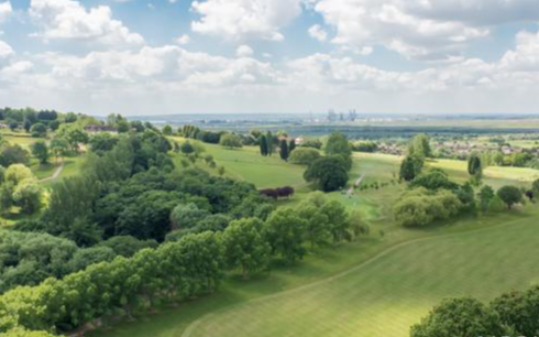
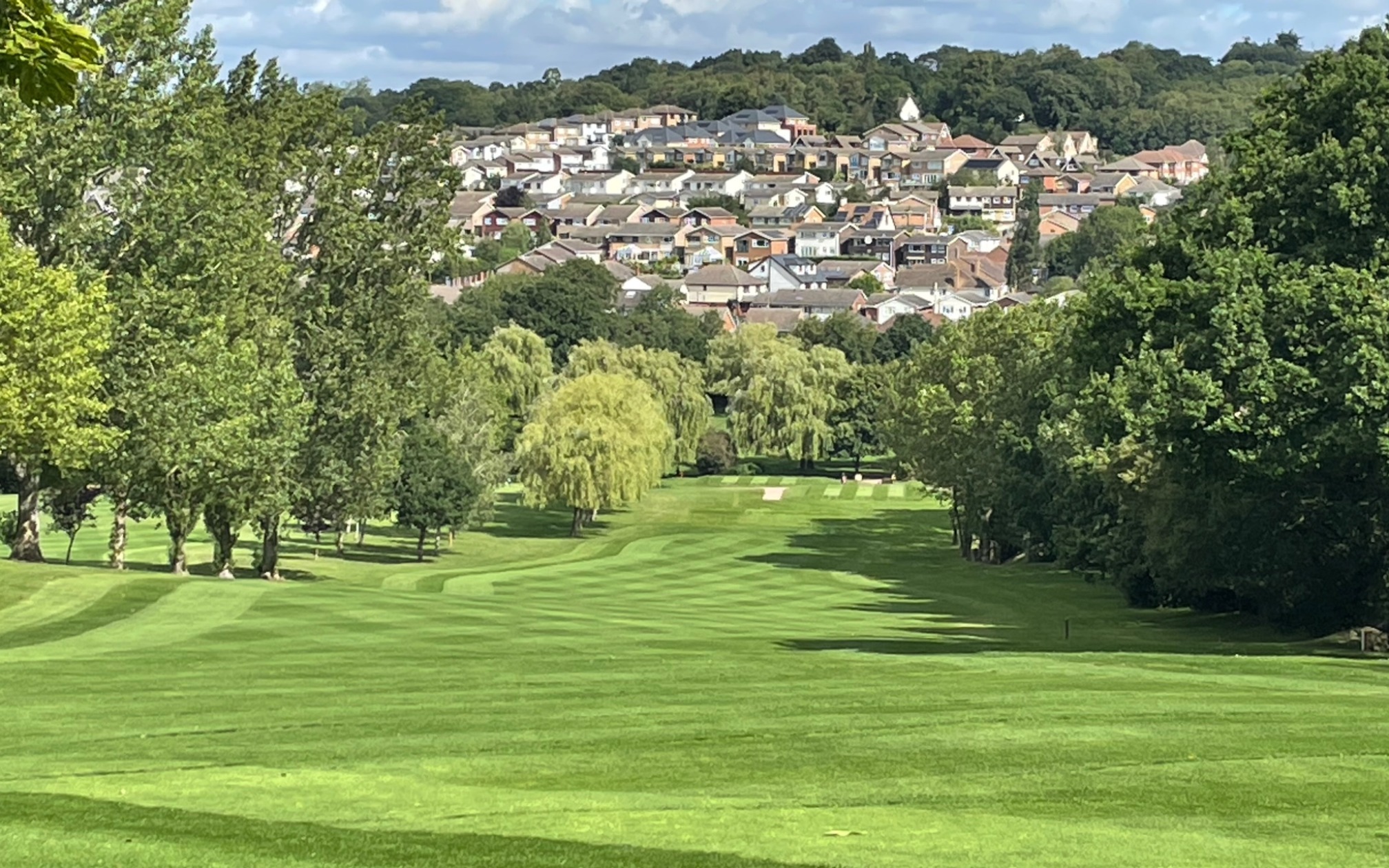
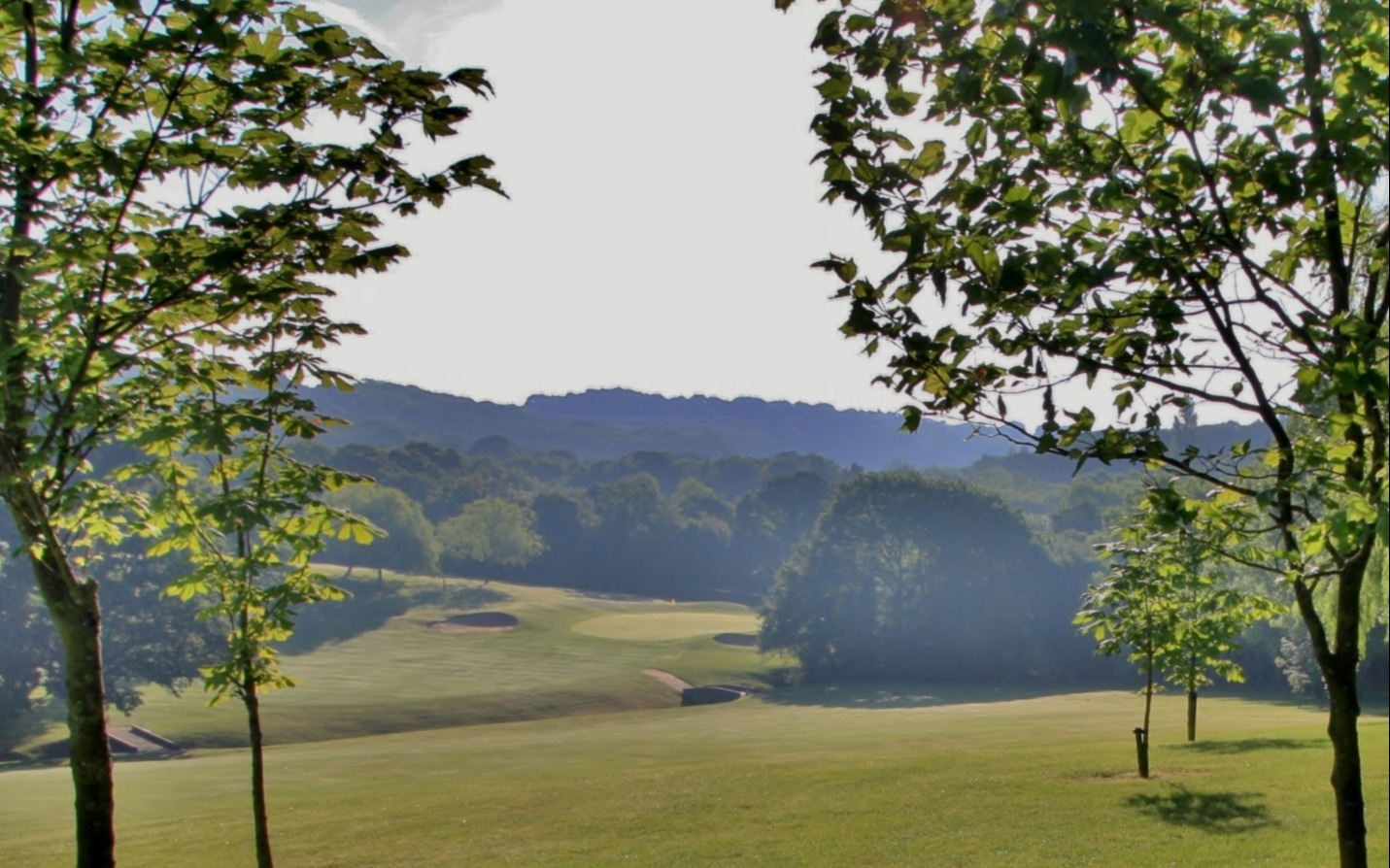
In December 1955 the foundation stone for the present clubhouse was laid and with financial aid from the War Damage Commission a new clubhouse was opened in 1956, which from its first day was found to be rather on the small side and a number of extensions, in hand with the growth in numbers of members. were to be made over the next 40 years or so. The basis of the organization of the Club for the pursuance of playing golf, both competitive and otherwise, and social events and catering in the post-war period moved into the hands of the various committees, organized by the respective Captains who were voted in at the Annual General Meetings of the Club and of the Ladies Section.
During the 1930's the Captain for each particular year also held the position of Chairman of the Company for that year but in the re-opening period of the late 1940's the Chairman became nominated by the Directors, who were themselves voted in at the Company Annual General Meetings. Over the fifty five years from 1945 to the end of the Century six members of the Board, Ernest Hick, Kenneth Preston, Vernon "Buster" Waelend, Donald Day, Robert Hair and at the present time Henry Gover, devoted many hours as Chairman of the Company to oversee the basic finances and problems of providing a golf course and clubhouse for the use of the members.
Ernest Barker rejoined Boyce as its professional upon the re-opening of the club, having a small professional's shop as mentioned before, near to the temporary clubhouse at the top of the car park. "Ernie" as he was known to all and sundry at the club was joined in 1957 by David Gray, a Hertfordshire county golfer, who had been studying to become an accountant at the Vauxhall Car Company of Luton , but had decided to forgo columns of figures for a life of professional golf. Eventually David became a member of the P.G.A. and was appointed club professional upon the retirement of Ernie Barker in April 1960. For a period David Gray also acted as Secretary of Boyce Hill Golf Club and his family lived in the cottage at the west end of the car park, a building to be later converted as a Professional's Shop. David was asked by the Club to advertise for an assistant and a young Dennis Slocombe, a son of a club professional in the West Country, joined David shortly after. Among Dennis's duties was a spell serving in the bar on Thursdays, the Steward's day off, and according to David Gray normally a quiet day at the Pro's Shop!
Dennis Slocombe was to leave Boyce Hill and join the professional staff at Hainault Forest , a pair of municipal golf courses on the east side of London . By this time a young Graham Burroughs had joined David Gray as second assistant, having progressed from a cadet member at the club, which he joined in 1961, eventually becoming the main assistant upon Dennis Slocomb's departure. In the late 1960s David Gray left Boyce Hill for an appointment at Bath Golf Club. Dennis Slocombe returned to Boyce Hill as the Club Professional and soon after this Graham Burroughs left to join one of the leading golf teachers of the time, Leslie King, who had a golf school in the Regent's Park area, and even ran a tuition column in one of the national papers. After two years with Leslie King, Graham Burroughs became the playing professional attached to Orsett Golf Club, Grays, Essex.
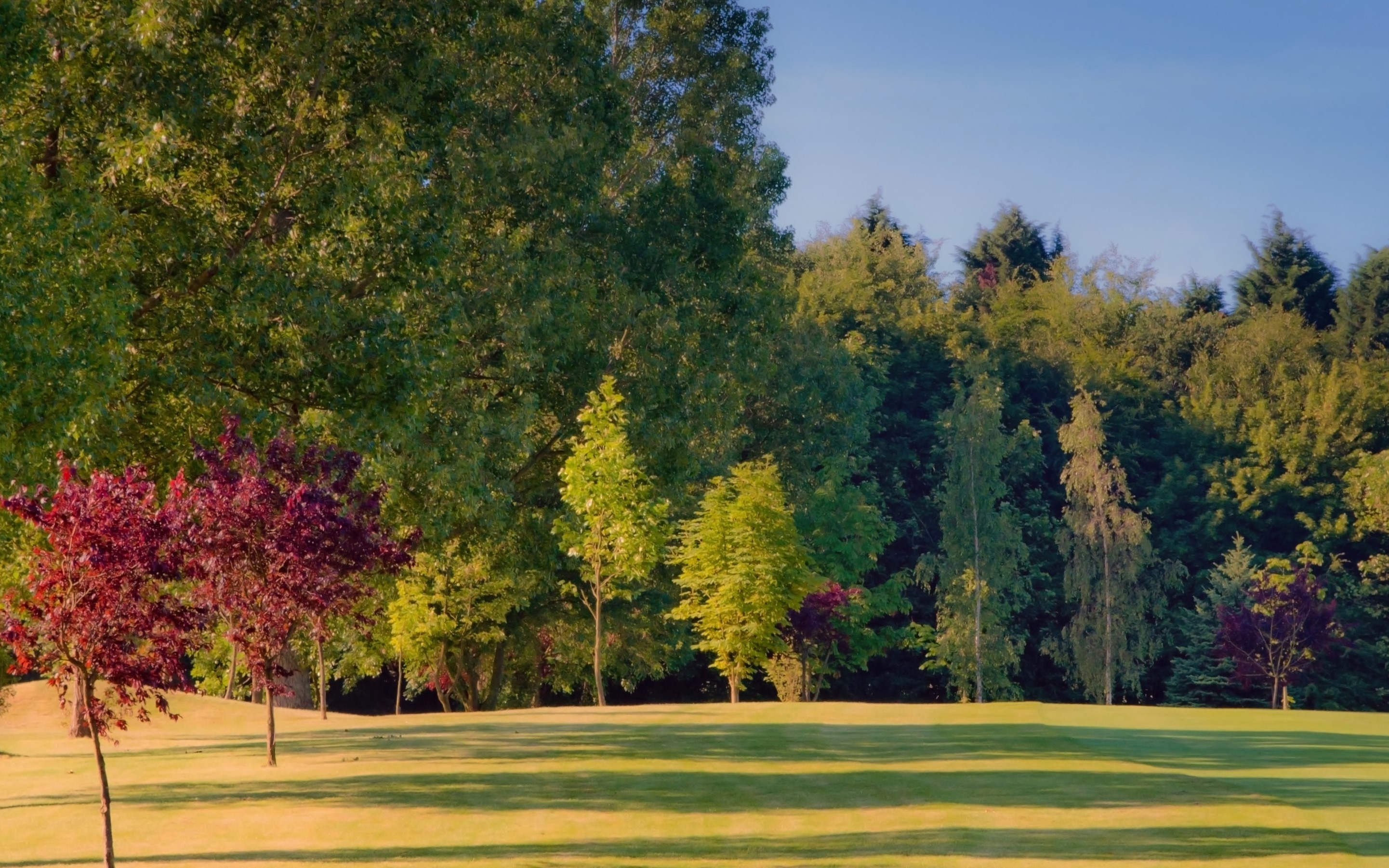

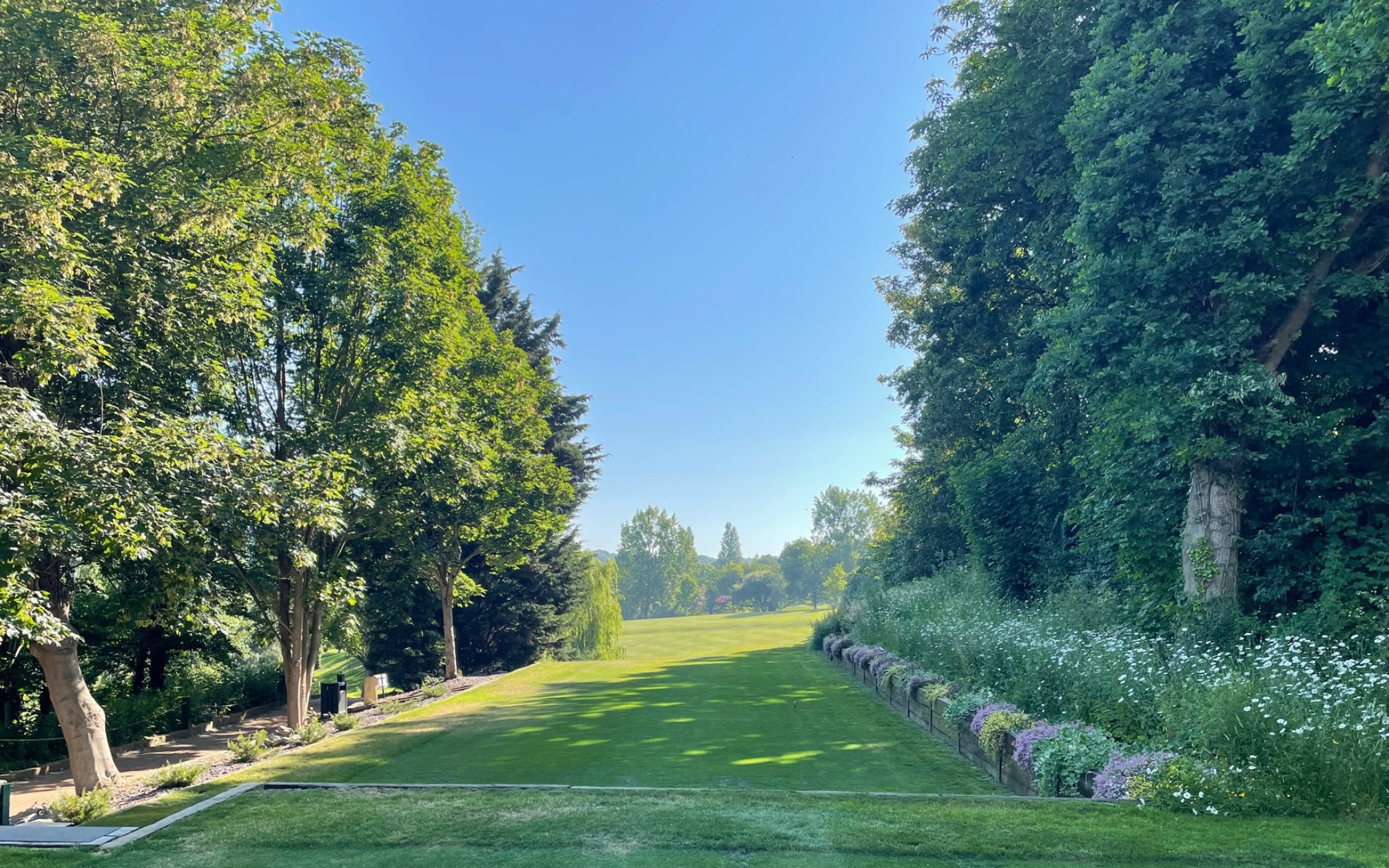
In 1970 Dutch Elm Disease was sweeping the countryside and Boyce Hill suffered more than other golf courses in the area due to the number of Elms within its boundaries. Over 90 major trees were lost and in total at least 200 trees had to be destroyed leaving the course looking suitable for a remake of "All Quiet on the Western Front". Within a short time a replanting exercise was put in hand under the leadership of Harry Goss, an ex-Captain and President of the Club at the end of the Millennium. The views over the course were beginning to improve when Boyce Hill was struck a second time, by the "Hurricane of 1987". Since 1970 over 3,000 trees, both large and small, have been planted, in some cases replacements of replacements.
Graham Burroughs returned to Boyce Hill in 1974 to take over the Professional's job upon the departure of Dennis Slocombe who moved into golf equipment marketing. In 1999 a Pro-Am, organised by Graham's long-time senior assistant, Ian Dudman, was held to celebrate Graham's first 25 years as our club professional. Over that period Graham has represented the Club with distinction on golf circuits both nationally and locally. Graham has always kept a well stocked shop displaying all the latest equipment at advantageous prices, also offering coaching facilities, to both young and old alike. Some years ago the old cottage building was pulled down to be replaced by a new shop that enabled members to avail themselves of even more tempting items of equipment.
From its early days Boyce Hill Golf Club encouraged an "Artisan" section, as did a number of "Private" clubs of the time. Membership of these sections were originally started to cover local craftsman and manual workers who paid a greatly reduced subscription and were only allowed to play golf at non-popular times such as early morning or summer evenings, in return for carrying out certain duties on the course from time to time. A number of professionals rose from these sections and attained national fame. The artisan section at Boyce Hill was not allowed to use the clubhouse and the members met in a shed to the right of the first green, which in a repaired state still stands today. During 1973 it was decided to dispense with this section and the dozen or so members were offered full membership from January 1st, 1974 , and a number accepted and remained members to this day.
During the post-war years many schemes were tried to help with the general lack of funds and further to the artisans' section one-day membership was offered to golfers from both the local police and members of the Post Office telephones department. Both sections played on Mondays a particularly quiet day at Boyce Hill and in time some players from both groups were successful in gaining full membership to the Club, while a number stayed on as purely one-day members.
Ernest "Bonzo" Ryan who had served the Club off and on since the 1930's, married Joan, daughter of the pre-war steward and stewardess, and had become Head Greenkeeper when peace returned, after many years of service retired in 1981 and was replaced by Chris Jessopp who is still running the ground staff at the turn of the century. Bonzo to many members and most visitors was "Mr. Boyce Hill". He told people where to park, or even where not to park, chased intruders off the course, kept the cadet section in order, caddied for "Buster" Waelend, helped in the bar, answered most questions regarding the Club and generally tried to keep things running smoothly, even attempting to keep the badgers on the seventeenth fairway in trim, but also all the time overseeing the many improvements to the golf course. Following his retirement life membership was given to Bonzo and he was seen daily at the club, proudly wearing his club tie and jumper and still helping wherever he could. Sadly Bonzo passed away in 1989 and another era of Boyce Hill was over but a man who gave most of his working life to Boyce Hill will be remembered with great pleasure by older members for many years to come.
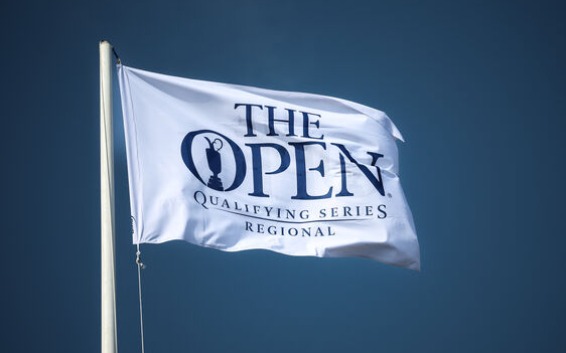
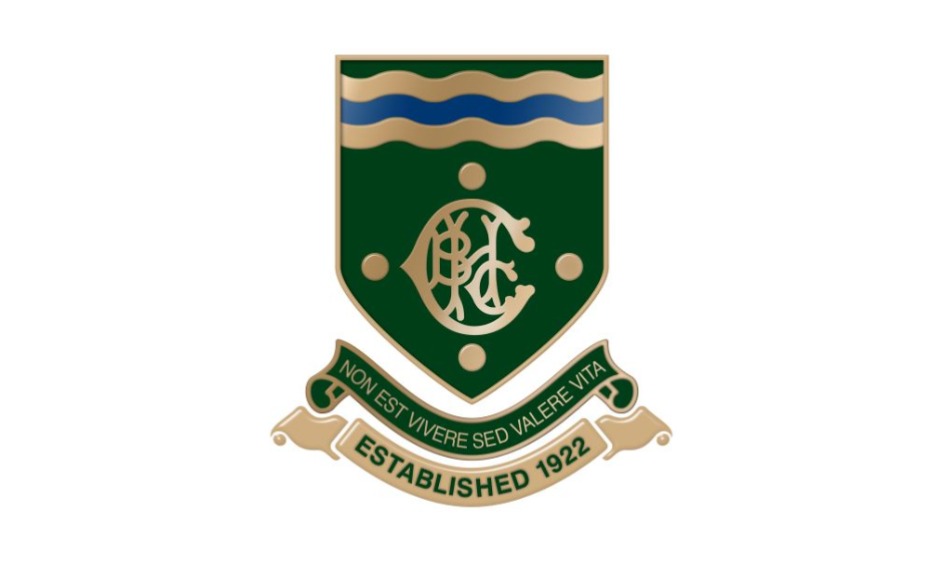
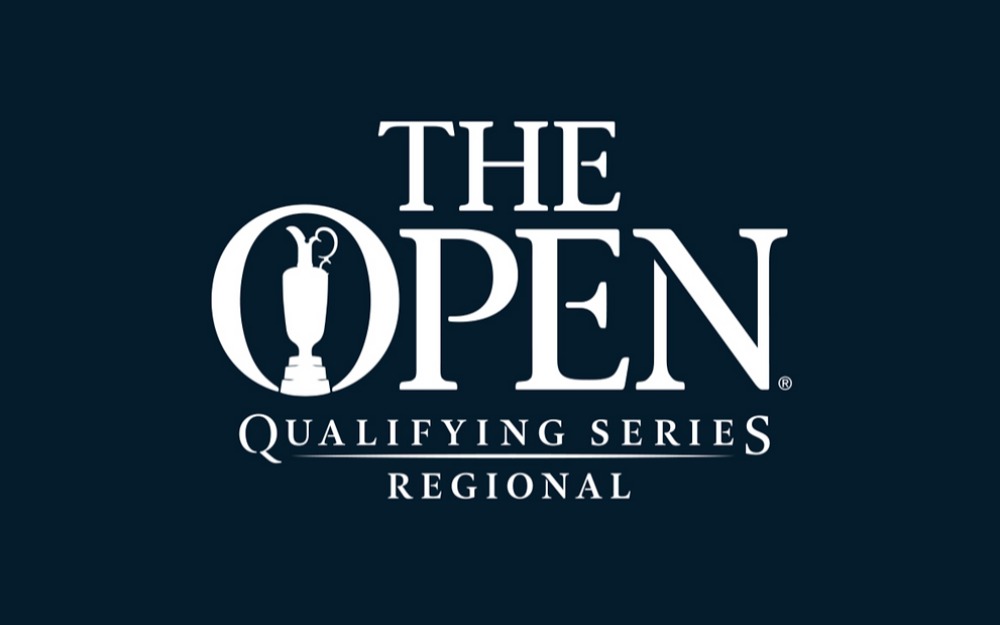
Boyce Hill and the Open Championship. The first professional at Boyce Hill, Ernie Barker, was known around this part of Essex as a first-class teacher and basically as a good club professional who did what he could for his members whom he served for thirty eight years. However in 1928 Ernie entered the Open Championship, to be held that year at the Royal St. George's Golf Club at Sandwich in Kent . In those far off days there was no pre-qualifying and any "Professional Golfer' could enter, together with a select band of amateurs on a qualifying handicap basis.
All of the 271 entrants, including even the holder of the Championship, played in the qualifying rounds held on Monday 7th June and Tuesday 8th June, one round each on the championship course at Royal St George's and the next door course of Prince's Golf Club. The 113 qualifiers of 258 professionals and 13 amateurs including Ernie Barker started in the Championship proper the next day, Wednesday 9th June, and played a round on that day and the next day, Thursday 10th June. Ernie just qualified for the final 36 holes, with a score of 159, tying with four other players, including an elderly James Braid.
The last two rounds were played on the final day Friday 11th June, as was normal for many years to come, and the Championship was won with a score of 292 by Walter Hagen, the top name golfer for the Wilson Sporting Goods Company with their "Haig Ultra" balls and clubs. Hagen together with the American amateur Bobby Jones dominated world golf of the 1920's. Ernie Barker finished with a total score of 325, which left him in a tie for last place with A. Tingey, the professional from Frinton. In the 1960's your author was in Ernie's company and heard him describe how he played five rounds at Royal St. George's and one at Prince's over five consecutive days, carried his bag through them all, saw no-one he knew, and won nothing!
Fifty five years later in 1983 Graham Burroughs entered the Open Championship and amongst the 1,107 hopefuls managed to qualify over 36 holes at the West Lanes Golf Club, one of the qualifying courses on the Lancashire coast, for the Championship to be held at the Royal Birkdale Golf Club. By this time the Open was one of the four major events in the world's golfing calendar and a number of professional golfers leading in various world rankings were not required to qualify, together with former holders and the Amateur Champions of Great Britain and the United States of America . Graham's first two rounds of 71 and 74 were good enough to survive the cut for the final 36 holes. Since 1966 the final two rounds of the Championship are played over two separate days, Peter Thomson's sixth and final win of the Open Championship in 1965 being the end of the 36 hole last day of play. A third round of 71 by Graham partnered him on a similar score for play on the final day with Larry Nelson, the holder of the U.S. Open Championship and U.S. Ryder Cup team member. Graham then recorded another round of 71 for the Championship, one stroke better then his partner Larry Nelson, making a grand total of 287 leaving him 12 strokes behind the Open Champion for 1983, Tom Watson, one of the leading world golfers of that period.


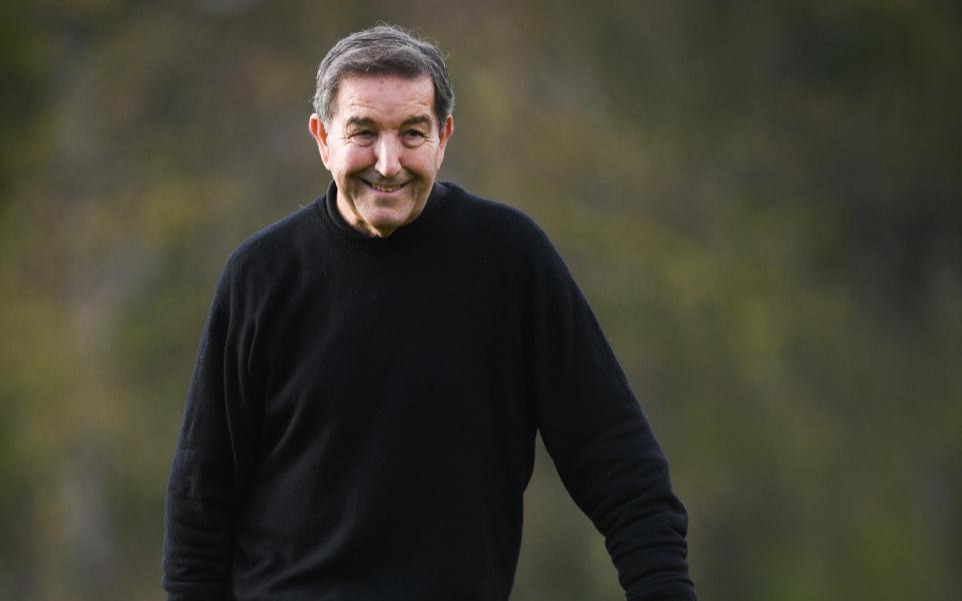
Boyce Hill - Course Records Details of early scores are difficult to find, as nothing in the way of competition details prior to the last war seem available. However, by careful use of older copies of the Golfer's Handbook a number of scores have been found. The earliest score recorded by a professional was the medal round of 75 strokes by Percy Allis during the opening of the re-designed course in September 1925. By 1931 a score of 72 had been recorded by Bert Hodson, the Chigwell Golf Club professional at the time, one of the leading players of the early thirties and a player in our Ryder Cup team of 1931. In the post war years Alan Dailey, selected for the 1933 Ryder Cup, at one time professional at Wanstead Golf Club and later Royal Wimbledon, held the record with a round of 68. By 1965 both Boyce Hill's David Gray and Dennis Slocombe had recorded scores of 67. followed by Harry Bannerman's score of 65 in the 1972 Evening Echo Pro-Am at Boyce Hill, equalled in the following year's event by Craig Defoy. Two years later, also in the Pro-Am, David Chillas of Scotland lowered the professional record to 63, equalled in 1978 by Mark James and Nick Job. This record score was finally improved by our present professional, Graham Burroughs, in 1980, with a superb score of only 61 strokes, a record that has stood for twenty years.
The earliest recorded amateur record to be found was the score of 76 shared by Colonel F. King, at the time secretary of the Club, and R. V. Mitchell, both rounds played in the late 1920's. By 1952, against a par 74, club members Phil Turner and C. F. "Mickey" Smith had recorded rounds of 70 strokes. In the late 1950's the record was dropped further by Angus McGilvray, 69, and in the middle 1960's Ian Tickell, 68, and Graham Walkington, 67. In 1973 Roger Gilbert scored a 65 during a Monthly Medal round, subsequently the course was altered and twenty years later on the course record was lowered to 64 by Neil Perrin, which was equalled by Ted Wisbey in 1999. The course was further lengthened and the current course record holders are Paul Ring and Mark Stones who both scored 64 in August 2002
The lowest recorded score by a lady player in a competition is the round of 67, by Dolores Foreman in 1979, comprising nine hole scores of 36 and 31.
Pro-Ams at Boyce Hill. In 1972 the first Pro-Am was held at Boyce Hill, sponsored by the publishers of the local EVENING ECHO newspaper. A senior member of the publisher's board of directors, Roy Clarke, was a member of Boyce Hill at the time and it was no doubt through his encouragement within the company of John H. Burrows and Sons of Basildon, that the inaugural competition came to Boyce Hill Golf Club. Don Day, the Boyce Hill captain for 1972, became heavily involved in the organisation of this initial event, together with the publicity department of the Evening Echo and Tony Martin, professional at Basildon Golf Club, who arranged the field of tournament professionals taking part. Thanks to the sponsorship of the various teams entered, plus the finance supplied by the publishers, the professionals were offered the largest prize fund in the country at that time for a one-day event. The outright professional winner could expect a prize in excess of £1,000 which was a sizable amount considering that Brian Huggett, five times a Ryder Cup player had his best year to date in 1972 with winnings totalling £12,373, and eighth place in the P.G.A. Order of Merit.
Many of the top professionals of the period took part in the annual event, far too many to name them all, but including Christy O'Connor, Neil Coles, Max Faulkner, Peter Oosterhuis, Peter Townsend, and Mark James, not to forget Harry Bannerman, Craig Defoy and Malcolm Gregson, winners in the first three years of the event. It was not always the case that the winning professional brought in the winning team as club captain Bill Parcell found in 1978. Bill, together with Tony Fortescue and Jack Slater, was drawn with Ken Brown, one of Britain's top professionals who had scored a 63 the previous day in the Benson & Hedges Tournament, but in the company of the Boyce Hill captain's team had torn his card up on the fourteenth hole and on most holes putted out of turn and walked off the greens ahead of his fellow players. Somehow, amidst this furore, Bill Parcell and his team tied for first place, to lose on a points count back and become runners-up!
Mrs. Joan Davies recalls how her late husband Bob and his team in 1976 were drawn with one of the country's top players, Brian Barnes, but found on arriving at the Club that he had withdrawn, which greatly disappointed the three players. However, at the last moment a replacement had been found; he was about 20 years old, Spanish and did not speak a word of English but he could certainly play the game of golf. He was a pleasure to watch and play with, and also he won a top money prize. His name was Severiano Ballesteros!
After some years the Evening-Echo ceased sponsoring a Pro-Am and started a purely amateur team event, called the Evening-Echo Vase, which was held at Boyce Hill and other courses in the area. For some years the Southern Region P.G.A. organised a Pro-Am at Boyce Hill, with professionals drawn from within their area. This was later taken over by the Eastern Region P.G.A. and eventually the yearly event was put together by our own professional, Graham Burroughs, who provided a number of professionals from the East Anglia area who joined up with teams of three amateurs made up of club members and their friends. They contributed a team entry fee, which together with sponsorship of certain holes by local businesses provided a prize fund for the professionals taking part. In more recent years a Boyce Hill Pro-Am has not taken place, apart from the team event organised by Graham Burroughs and the Essex P.G.A. Alliance .
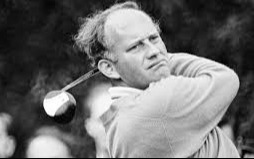
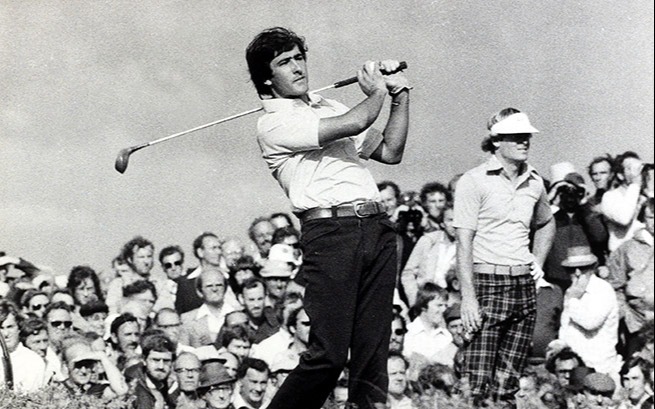
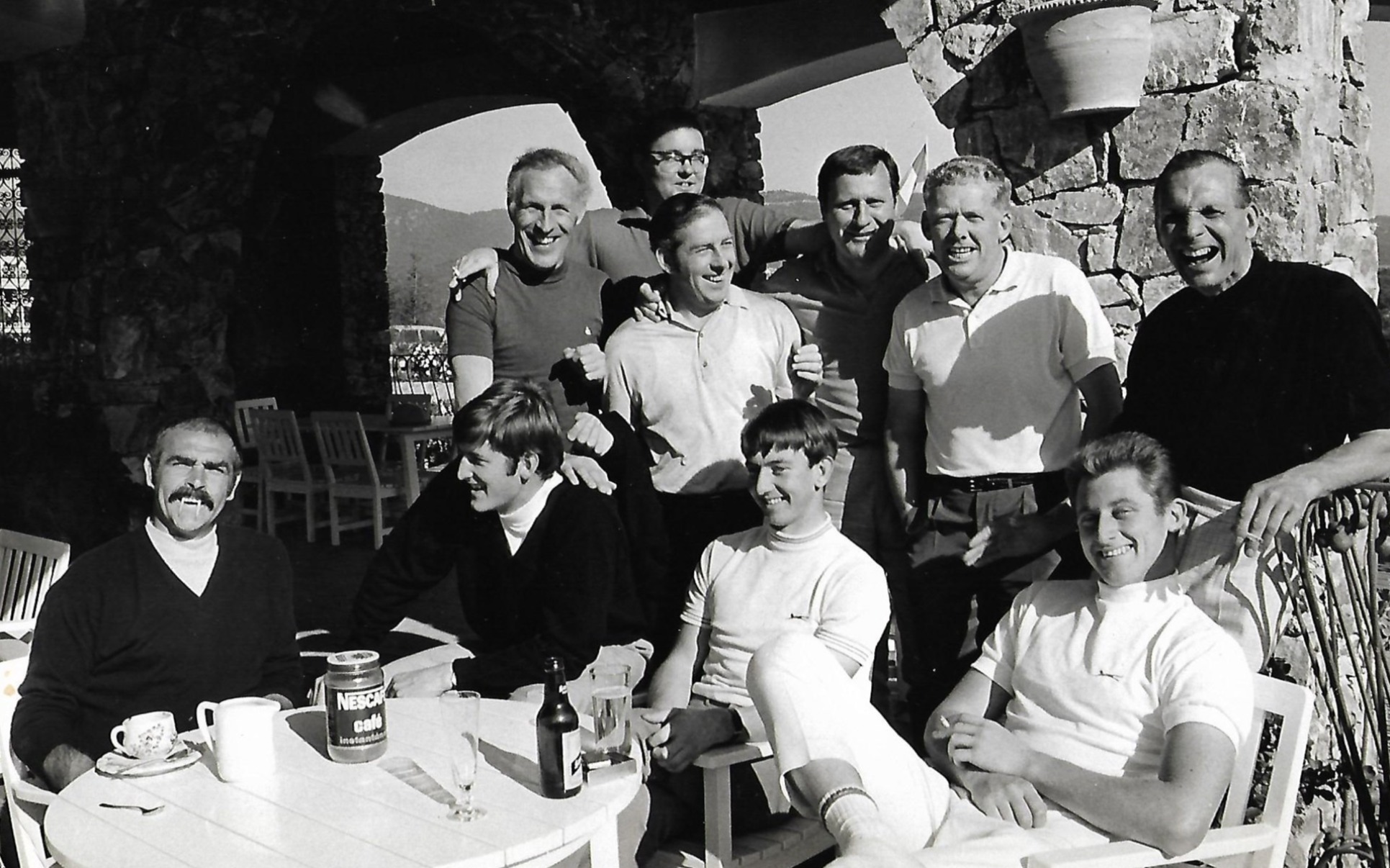
Golfing Achievements - Boyce Hill Professionals Dennis Slocombe representing Boyce Hill won the 1968 Essex Professional Close Championship and certainly reached the national 'Daily's" four years later when he played a day of sponsored golf for a charity, organised by Jack and Laura Slater, to see how many holes he could play in 12 hours. A team of lady members caddied for him all day. He started in thick fog and was playing on a day a Society was visiting Boyce Hill and he lapped them twice in the morning and twice more in the afternoon! Dennis finally played 156 holes, nearly nine rounds, in four over par, ending his play with four successive birdies including a near hole-in-one, while suffering from severe cramp. A letter from Henry Longhurst, at that time golf correspondent of The Sunday Times newspaper, congratulated Dennis on his feat and hoped his blisters were better!
Graham Burroughs has had great success in Essex professional golf over the years, starting in 1969. He won the Essex Assistant Professional Championship twice, the Essex Professional Championship four times, the Essex Open Championship three times and the Essex Matchplay Championship once. Moving slightly further afield Graham also won the East Anglian Open Championship and the East Anglian Matchplay Championship. In 1977 Graham was successful in the Southern Region P.G.A. Championship, beating Ryder Cup player George Will of Sundridge Park Golf Club into second place. With Lawrence Farmer, professional at Moor Park Golf Club, Graham won the British Professional Four-Ball Championship in 1987 at John O'Gaunt Golf Club, during the 'Great Storm' period. In 1980 Graham was headlined in a sports page as "Graham Burroughs: the King of Estoril" when over two weeks golf, with a team comprising himself and three amateurs, he holed the par 69 Estoril Golf Club course in rounds of 62, 68, 68, 65, 69 & 68 to win both weeks professional first prize in the Hotel Palacio - Longshot Pro-Am. Graham had also won a first prize in each of the two previous years in the same competition. During a friendly game at Boyce Hill in 1979 Graham holed the course in 58 strokes, made up of nine Pars, eight Birdies and one Eagle. During this round Graham single putted eleven times. Despite this round being played off competition tees, winter rules were in force, including picking and placing, it was therefore not considered a new course record.
In 1992 Boyce Hill was invited to enter a team to play in the Hudson Trophy at South Herts Golf Club, for a cup presented by Robert Hudson, the American philanthropist involved with the Ryder Cup in the sixties and seventies, to foster competition between leading British golf clubs. The teams consist of the club professional plus three amateur club members, playing off scratch, who each play 36 holes medal play on the one day. At the end of play Boyce Hill tied with the team from the Wentworth Golf Club and won the trophy on a sudden death play-off. Since 1992 a Boyce Hill team has been invited yearly by dint of its score in each previous years play. Finally amongst the Boyce Hill professionals' achievements we come to Ian Dudman, Graham's number one assistant, who in 1995 won the Essex Professional Match Play Championship and the following year won the Essex Professional Assistants Match Play Championship.
Golfing Achievements - Club Members. Boyce Hill Golf Club has had undoubted success in Essex County events. The male members representing the Club were victorious in the Thornton Cup Senior Team Competition in 1985, 1988 and 1997. Success was also gained in the Junior Team Trophy, later known as the Leslie Wood Trophy, in 1930, 1962 and 1991. Boyce Hill were winners of the Essex Foursomes in 1965 in the days when the competition was played as a knockout of 36 holes per round. The lower handicap lady members were successful in the Silver Shield in 1976, 1982 and 1984 and the ladies of handicaps 18 plus in the Bronze Shield were winners in 1933, 1935 and 1959. The Munro County Foursomes, a knockout competition of 18 holes each round, was won by Boyce Hill in 1976, 1977, 1979 and 1986. Boyce Hill was represented in 1988 with a "Year of Captains", Dolores Foreman was the Captain of Essex Ladies, Ted Wisbey was the Captain of Essex, Robert Cook was the Captain of the Essex Youth Team and our professional Graham Burroughs was Captain of the Essex P.G.A.
In recent years we have had success also with victories in various individual County events, particularly with the winning of the Essex Ladies Championship by Tina Poulton in 1993 and David Salisbury winning the Essex Championship in 1995. Tina then made her name in other South Eastern competitions that led to her selection to represent England against France . Soon after these successes both Tina and David decided to join the paid ranks, Tina joining the Chelmsford Golf Club as an assistant, qualifying as a member of the P.G.A., and playing from time to time on the Ladies professional circuit. David at the time of writing is attached to Ballards Gore Golf Club and playing with some success on the European satellite circuit.
Recent wins include the prestigious Essex Amateur 'Keating Trophy' won by Mark Stones in 2007. Mark had lost the 2006 final played at Boyce. The club has also won the Hudson in 1992 and again in 2007.
In the ranks of our cadet members three girls. Helen Morgan, Caroline Buckner and Tina Poulton won the Essex Girls Championship over nearly a thirty year span, Tina winning also the South-Eastern Girls Championship. In the early 1960's Roger Smith won the Essex Boys Championship and a young Graham Burroughs won the South Eastern Junior Championship at Sunningdale Golf Club. Our cadet team were the winners of the County Inter-club Youth Shield in both 1979 and 1988. Over the years many Boyce Hill members represented Essex , records of which are unable to be traced, but mention must be made of 1977 when the Essex Ladies Team under the captaincy of June Atkins, and including Dolores Foreman among the team members, won the English County Championship, having reached the finals as South Eastern Counties Champions. Two years later Essex again won the English County Championship, this time with two Boyce Hill players in the team, Dolores Foreman and Robyn Flaxman.
The Nineteenth Hole. Our story so far has come to an end and thanks are due to the many people who have added their "twopence worth" to this effort at producing this scant view of the seventy five years or so of Boyce Hill Golf Club. Unfortunately some tales, such as the person in the wheelchair who ran down the car park, and the first fairway stopping without injury near the first green, are just hearsay. Who remembers the mother and pram with a following group of children who one Sunday lunchtime trooped past the flag across the middle of the eighteenth green?
We have seen a group of like-minded golfers seeking pastures new in the early 1920's making way for the start of Boyce Hill Golf Club which by the Millennium has become one of the leading Essex golf clubs and golf courses. Those early golfers with their hickory shafted clubs, inferior golf balls and restricting golfing wear would not believe the standards of course condition and general play that we enjoy today. In the 1999 Boyce Hill Championship two players, Mark Stones and Rickie Sinfield, tied with a 36 hole gross score of 134, two under par, with Mark winning the first extra hole with a birdie three Thanks are due to Michael Smith, Club Captain 1982, who had a first go at this onerous task many years ago but provided this project with a running start, Miss Irene Foster who proof-read, and improved your author's English, and the group of thirteen very senior, in age, golfers who meet on Tuesdays for a little golf, tie-wearing, and general bonhomie, with President Harry Goss. Known as the "Last of the Summer Wine" they have put their total of 464 years membership and memories to good use supplying and checking various items of Boyce Hill "historic" interest.
Ian Tickell